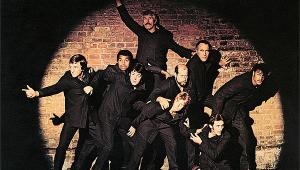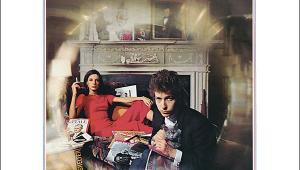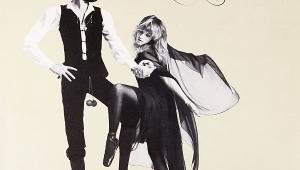Under the covers... Roxy Music Page 2
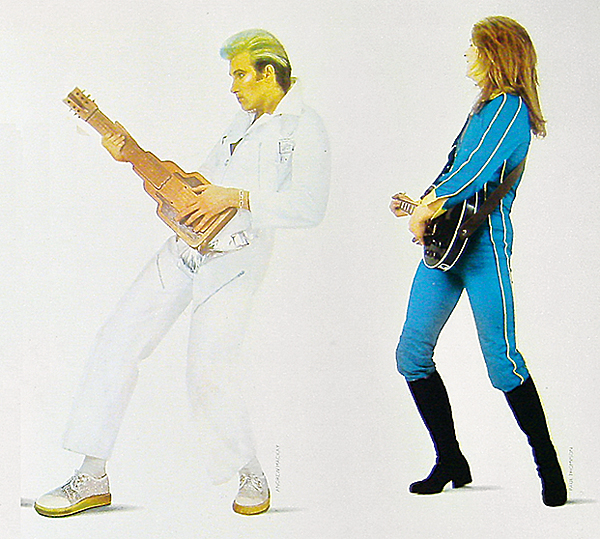
De Ville ideally wanted the cover to have no words on it at all ('we were interested in the power of the image, of course, because we were art students'), but realising that no record label on earth in 1972 would agree to such a move for an unknown artist's debut album, he agreed to have the band's name on the cover, in a suitably florid handwriting font.
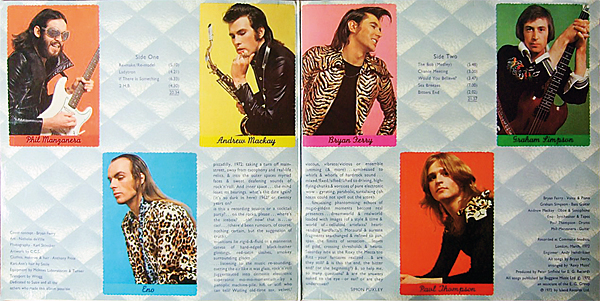
Odd Man Out
The band in the portraits look intriguingly outré, with the glaring, glowering exception of bassist Graham Simpson, who, it appeared, hadn't entirely bought into the whole visual concept of the band and looked mildly pi**ed off to be a serious musician surrounded by this parade of prancing weirdos. By the time the LP was released, he had left the band, to be replaced by the marginally more on-message Rik Kenton. But appearances may have been deceptive, as Simpson's backstory was more complicated.
Last Words
The bassist, who met Ferry in their native Newcastle back in 1964, co-founded the band in 1970 with his old friend after both had moved down to London. But by the time they made their debut album his mental state was unravelling. He was suffering from depression, and on the death of his mother in April 1972, between the recording and release of the record, he told Ferry he wanted to leave the group.
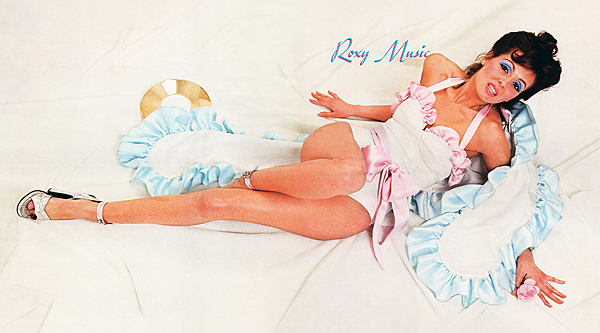
'I was not compos mentis', he admitted many years later. 'I couldn't concentrate or appreciate anything they were doing at the time, but now I do. The last words Bryan said to me were, "get well and come back" – but I never did.' After drifting out of the music industry for several decades he was tracked down by documentary makers in the early 2000s for a short film, which was when he made the above comments. He died in 2012.
At the time, another charming regular addition to the back of many an album cover were sleeve notes, and, presumably to the chagrin of the text-averse design team, Andy Mackay's old college friend Simon Puxley articulated a stream-of-consciousness reverie pocked with references to lyrics and song titles. 'Monaural and aureate fragments sea-changed & refined to pan, span the limits of sensation'. Well, it's as good a description of Roxy's sound as any.

Full Marks
Puxley would become the band's publicist when they signed to EG management. 'I was a supply teacher at the time', he told Mojo magazine in 1995, 'as indeed were Andy and Bryan. They came and collected me at the school gates one morning. I had no idea what was involved, or what I was doing.' He and Ferry became close friends, and after his death in 1999, Ferry told The Mail On Sunday, 'He was like the fifth Beatle; a part of Roxy Music. He was a beautiful writer'.

The album has a dedication 'To Susie', who, the official version of history has it, was a drummer who auditioned for Roxy Music early on. But it would perhaps make more sense if this was an in-joke on Ferry's behalf and he actually meant to tip his hat to his old girlfriend Susie Cussins, the daughter of a wealthy Newcastle family, who Ferry had been close to since the mid '60s, and with whom he shared a flat when the band were starting out – one of several friends who helped the band out financially.
Island Life
Ultimately, the cover of Roxy Music didn't just do its basic marketing job, helping the band's debut album into the UK Top 10 and thenceforth onto classic status and countless millions of sales. It also helped them gain a record deal in the first place.

A&R man Tim Clark recalled, 'I gave a pretty impassioned case for signing Roxy, but [Island Records founder] Chris Blackwell gave no sign of whether or not he liked this act'. Later, though, he made it a lot clearer. 'Chris came in as David and I were looking at the artwork for the first Roxy Music sleeve – which was quite, quite brilliant, as you know. And he looked at it and said, "Yes, that's great", and then he turned around to me and asked, "Have we got them signed yet?".'

